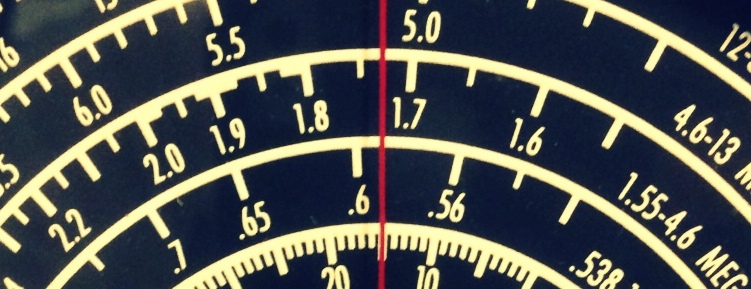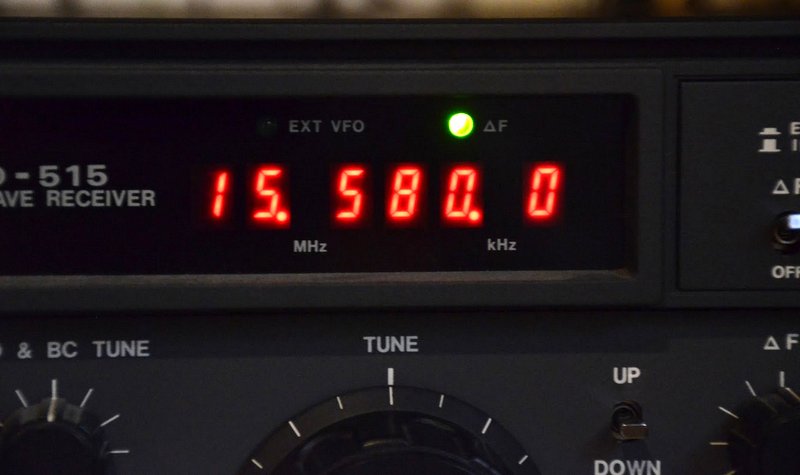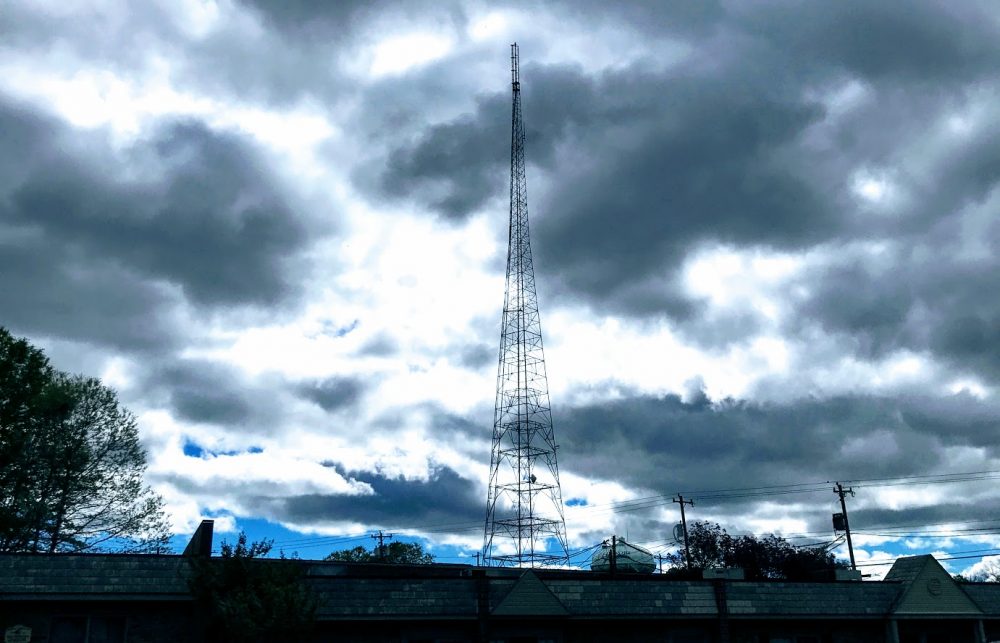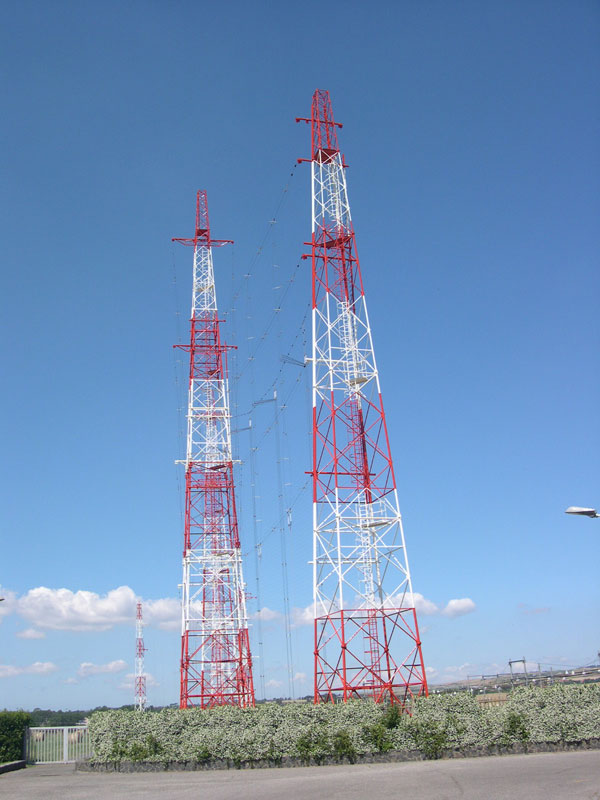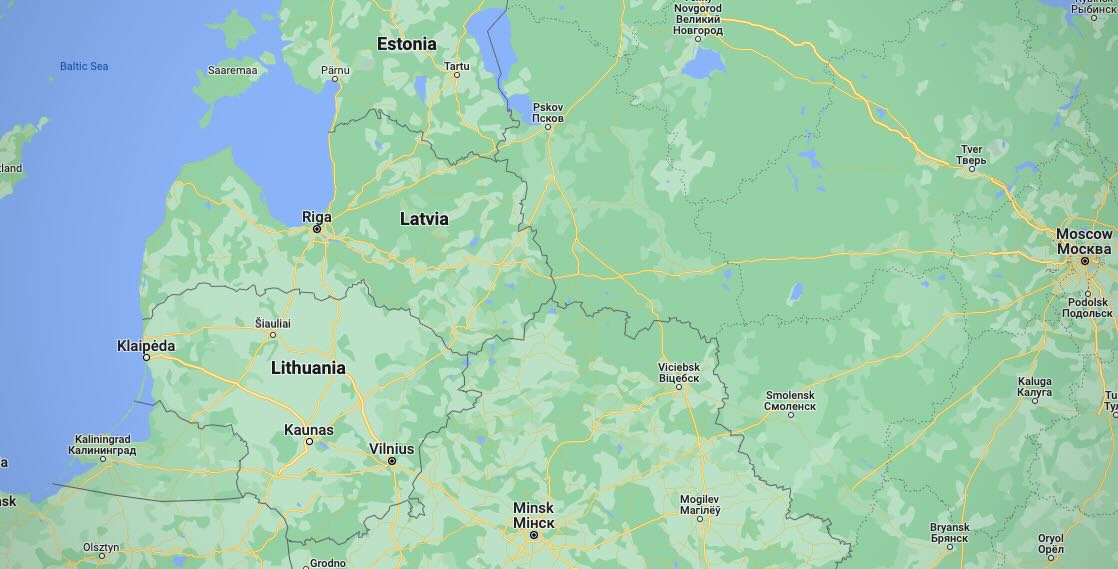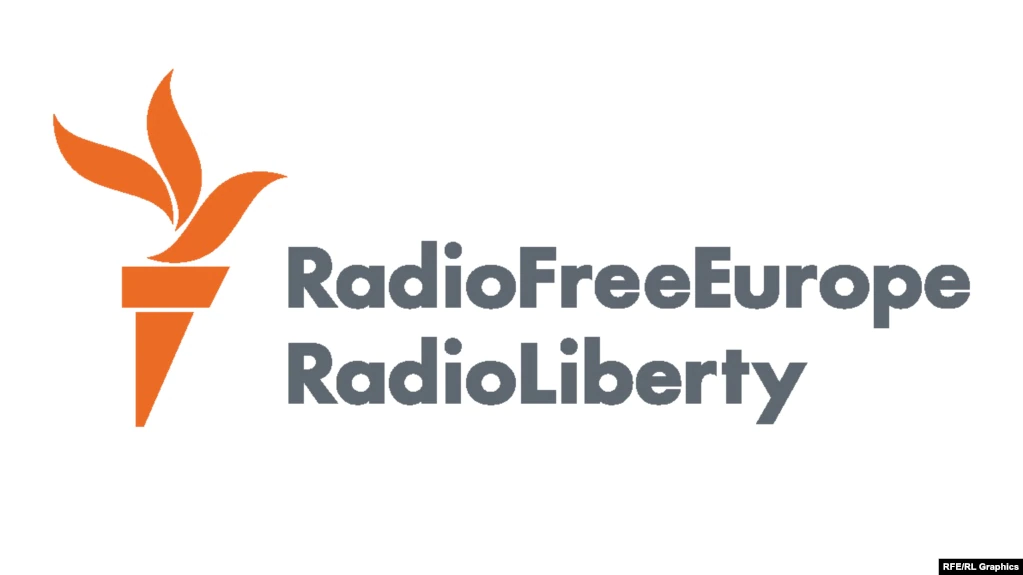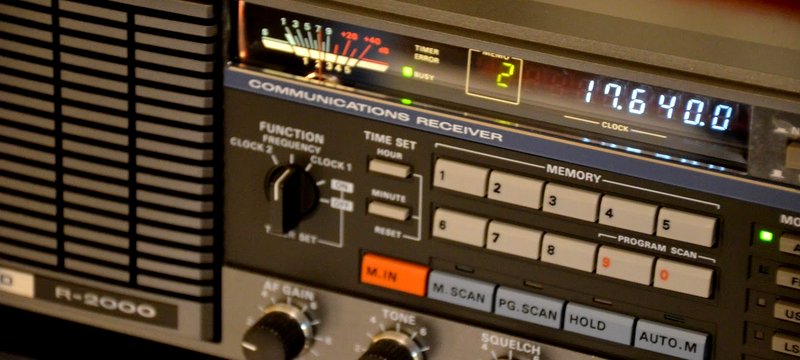Radio Waves: Stories Making Waves in the World of Radio
Because I keep my ear to the waves, as well as receive many tips from others who do the same, I find myself privy to radio-related stories that might interest SWLing Post readers. To that end: Welcome to the SWLing Post’s Radio Waves, a collection of links to interesting stories making waves in the world of radio. Enjoy!
On air! Prague’s ‘solidarity radio’ targets Ukrainians (MSN)
Ukrainian refugees fleeing the war to the Czech Republic got a fresh morale booster this week as a new radio station based in Prague started offering broadcasts in Ukrainian.
The new channel called Radio Ukrajina broadcasts news, tips for refugees, music and fairy tales for children, as well as spiritual comfort passed on by Ukrainian churches.
Run by the Media Bohemia group comprising several radio stations, it broadcasts from an office building in central Prague via a mobile app and on the internet.
“It’s a solidarity radio,” said on-air manager Natalia Churikova, who spent 27 years working for the Prague-based, US-funded Radio Free Europe/Radio Liberty.
“We are targeting Ukrainian war refugees who have moved here and trying to give them information they need to start a new life here before they can go back home, which we hope will eventually happen,” she told AFP. [Continue reading…]
BBC turns to dark web and shortwave radio to bring outside news to Russian people amid wartime crackdown (iNews)
Russian citizens are going underground to keep abreast of news from outside Kremlin-controlled sources
The BBC is trying techniques new and old to give Russians access to news from the outside world in the wake of a Kremlin crackdown on critical media.
It is just one of a number of western news sources – including social media platforms – being accessed through the so-called “dark web”, an underground version of the internet which can allow users to avoid being tracked.
“The BBC is doing what it has a long tradition of doing – making independent news available to people, often in places where authorities are trying to restrict access,” a spokesman for the broadcaster told i.
“So BBC will use the tools at its disposal – whether that was shortwave in the past or using circumvention tools now.” [Continue reading…]
RnaG at 50: A radio station created by the people for the people (The Irish Times)
RAIDIÓ NA GAELTACHTA HAS HAD A PROFOUND EFFECT ON THE GAELTACHT OVER THE LAST 50 YEARS, BUT IT DIDN’T HAPPEN OVERNIGHT.
I’m a year older than Raidió na Gaeltachta, so I can’t remember a time that it wasn’t a presence in my life. So many memories are bound up in it,” says Gormfhlaith Ní Thuairisg, presenter of Raidió na Gaeltachta’s weekday morning news programme, Adhmhaidin.
On April 2nd, 1972, 50 years ago next weekend, the State delivered on a promise first made in the 1920s to establish a radio station dedicated to serving Irish speakers in their own language.
“It will not cost a great lot of money, and the intention is that it should provide a programme in keeping with the language of the people,” minister for posts and telegraphs JJ Walsh told the Dáil during a debate on the Wireless Telegraphy Bill in November 1926.
But by the time the 1960s came around, and with still no sign of an Irish language radio service, Irish speakers had had enough of what they saw as empty promises made by the State. [Continue reading…]
Canadian Int. DX Club’s “Focus on Ukraine – Version 2.1” now available (CIDX)
“Focus on Ukraine” is a compilation of news reports, feature articles, references, web links, monitoring information, radio frequencies, independent monitoring reports and more, focusing on the media, communications, radio broadcasting, etc. related to the Russian invasion of Ukraine
Version 2.1 of the special feature “Focus on Ukraine” is now available on the Canadian Int. DX Club’s webpage at https://cidxclub.ca/ukraine-v2/
NOTE: Items marked NEW in Version 2.1. are additions and updates to Version 1.1 of “Focus on Ukraine”, published March 9, 2022
Version 1.1 is also available at https://cidxclub.ca/ukraine/
Do you enjoy the SWLing Post?
Please consider supporting us via Patreon or our Coffee Fund!
Your support makes articles like this one possible. Thank you!

